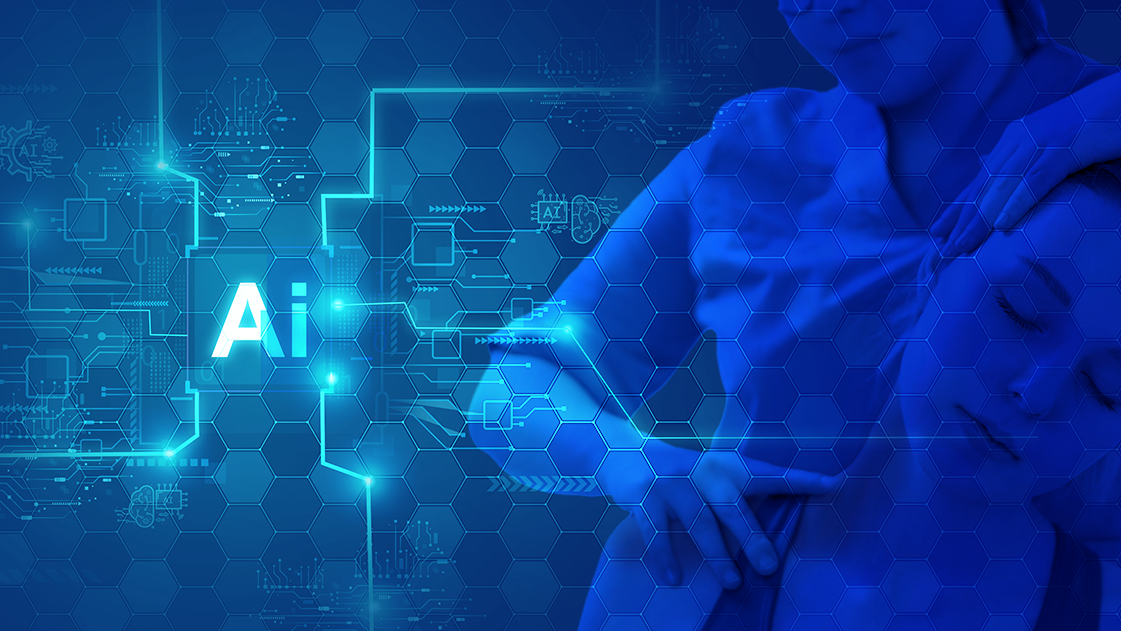

Bhuvaneshwari Ishwar Hatti
The Future of Healthcare: Advancements and Opportunities with Computer Vision
Technology has brought about many changes in the healthcare industry, with medical imaging, electronic health records, and telemedicine advancements. However, one technology that has the potential to revolutionize healthcare is Computer Vision (CV). It is a field of Artificial Intelligence (AI) that enables machines to interpret and analyze visual data from the world around them. In healthcare, computer vision can help doctors and researchers diagnose diseases more accurately, monitor patient health more closely, and develop new treatments and therapies.
The healthcare industry faces numerous challenges affecting patient outcomes, healthcare professionals, and healthcare systems on a broader scale. Among the significant concerns is the escalation of healthcare costs, which makes it challenging for patients to receive essential medical care. Additionally, there is a need for more medical practitioners, and the rising incidence of diseases presents further challenges to the healthcare sector.
One significant way AI and computer vision can help healthcare is via medical imaging. Medical imaging refers to using various imaging technologies to visualize the inside of the human body. Examples of medical imaging technologies include X-rays, CT scans, MRI scans, and ultrasounds. These technologies produce large amounts of visual data, which can be difficult for doctors to interpret and analyze. Computer vision algorithms can help to automate the process of analyzing medical images, making it easier for doctors to diagnose diseases like cancer, heart disease, and neurological disorders.
Applications of Computer Vision in Healthcare
Researchers in healthcare are actively applying computer vision to develop new treatments and therapies. For instance, they use computer vision algorithms to analyze the molecular structure of drugs and predict their efficacy in treating different diseases. This application accelerates the drug development process and enables faster delivery of new treatments to patients.
Surveillance systems powered by computer vision and AI enable real-time monitoring of staff activities, ensuring safety and efficiency. By deploying strategically placed cameras, these systems detect and track staff members and safety equipment. They promptly identify potential incidents and safety violations, triggering instant alerts to the appropriate authorities. Moreover, the systems continuously monitor staff adherence to safety procedures, promoting high-quality service delivery.
Healthcare providers also use computer vision to monitor patient health more closely. For example, wearable devices like smartwatches and fitness trackers use computer vision algorithms to track a user’s heart rate, sleep patterns, and other vital signs. Doctors can use this information to monitor patients remotely and detect health problems before they become serious.
Lastly, healthcare professionals are using computer vision to enhance the precision and efficiency of surgical procedures. Surgeons, for instance, utilize computer vision algorithms to construct 3D models of a patient’s organs and tissues pre-surgery. It helps them to plan the procedure more efficiently. Computer vision algorithms can also guide the surgeon’s movements during surgery, ensuring the precise execution of the operation.
Challenges for Implementing Computer Vision in Healthcare
Data Quality
One of the most significant challenges in computer vision is ensuring the data quality used to train algorithms. Medical images can be complex and varied. Creating comprehensive and accurate datasets is challenging.
Data Privacy and Security
As with any technology that involves personal health information, data privacy, and security are significant concerns in healthcare. To protect patient privacy, keeping patient data confidential and secure is crucial.
Limited Availability of Data
Access to large and diverse datasets is essential for developing accurate and reliable computer vision algorithms. However, data may be limited in healthcare due to privacy concerns, proprietary data agreements, or inadequate data collection practices.
Ethical Concerns
Ethical considerations must be addressed with any technology. For example, using computer vision in healthcare raises questions about informed consent, patient autonomy, and the potential for algorithmic bias.
Regulatory Approval
Healthcare is a highly regulated industry, and new technologies must undergo rigorous testing and approval processes before they can be used in patient care. This can be a lengthy and expensive process that requires significant resources.
Integration with Existing Systems
Integrating computer vision into existing healthcare systems can be challenging, especially in cases where legacy systems are used. Ensuring that computer vision solutions can work seamlessly with existing workflows and systems is essential for successful implementation.
Conclusion
Computer vision technology has tremendous potential to revolutionize the healthcare industry by enabling doctors and researchers to diagnose diseases more accurately, monitor patient health more closely, and develop new treatments and therapies. However, several challenges must be addressed before computer vision can be implemented effectively in healthcare. These challenges include ensuring data quality, privacy, security, limited data availability, ethical concerns, regulatory approval, and integration with existing systems.
At ACL Digital, we develop AI-driven solutions that can effectively address the challenges confronted by the healthcare industry. These solutions encompass diverse areas, including fall detection systems and activity tracking, which can significantly enhance the safety and quality of life for older adults in care homes. In addition, we have developed emotion recognition systems that can facilitate the early detection of mental health concerns, offering real-time therapy support and progress tracking for patients.
Related Insights


On-Device AI & Edge Computing in Mobile Apps for the Healthcare Industry

How to Ensure Your Internet Searches Are Always Secure: Practical Tips for Safe Browsing in 2025

Common Attacks on File Uploads in Web Applications and How to Prevent Them

Simplifying Third-Party Authentication: A Practical Guide

